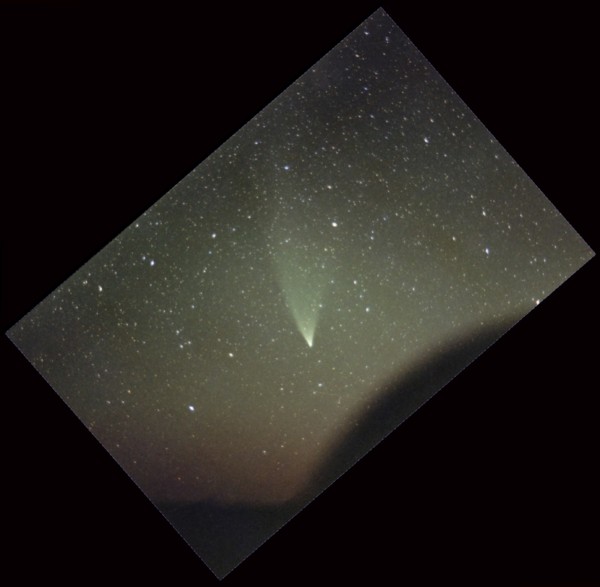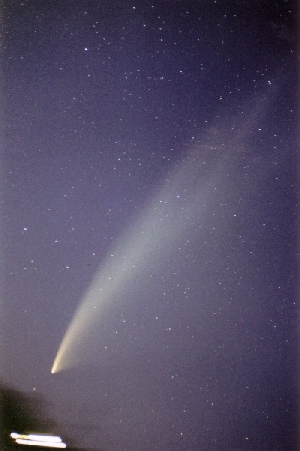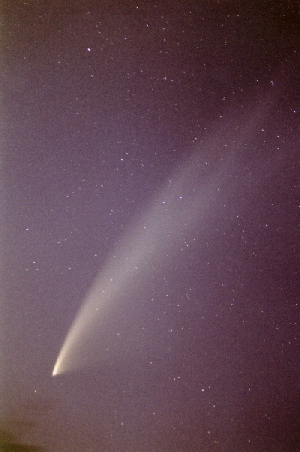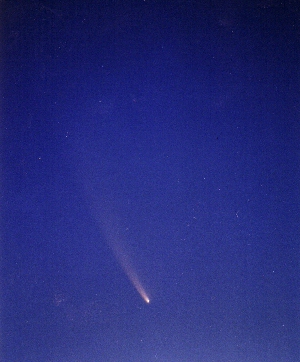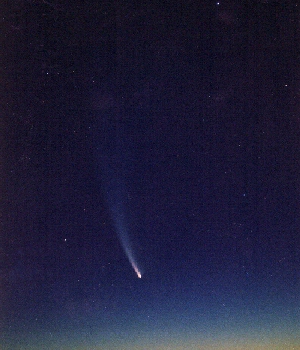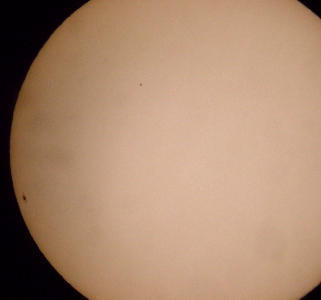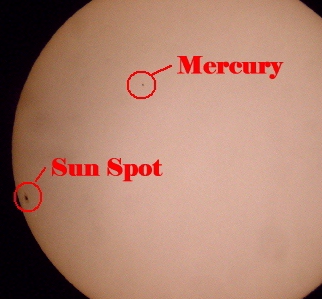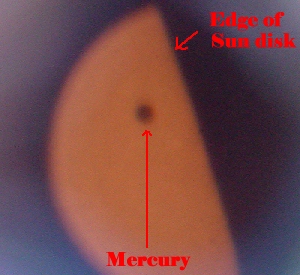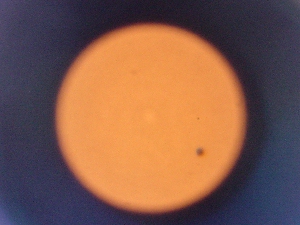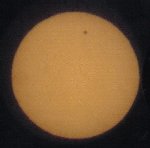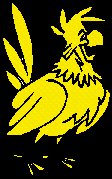
|
34º
South
|
||||||||||||||
|
My Diary of events Comet McNaught, Jan 2007 C/2006 P1, turned out to be a spectacular comet. It was a once in a life time view.
Mercury transit of the Sun, 9th Nov 2006 The Mercury will transit (cross over) the Sun's disk for the first time since May 2003 (pictures below). The next time we (on Earth) will see Mercury transit the sun is during May 2016, but we in Austraila will not be able to see it.
|
Occultation of Jupiter, 27th Feb 2005
| The occultation is only visable from Southern Australia. As can be seen, at the 34° Lat, the Jehovian disk is only partially obscured. |
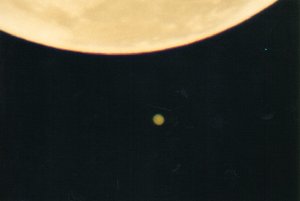 |
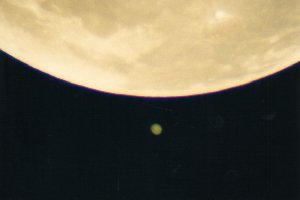 |
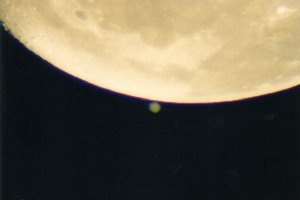 |
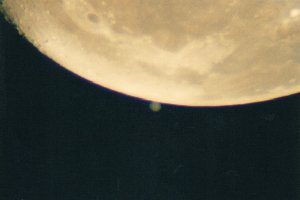 |
Click on image to enlarge
|
Venus Transit,
8th June 2004
|
| The last transit occurred 121 years ago. Astronomers would have lived their whole life not witnessing a Venus transit. This transit is only the 5th recorded, there are other astronomical events that are more impressive but the uniqueness and rarity makes this a must view event. I was surprised about the size of the Venus disk, although we don't get to view Venus on this side of the sun. |
Click on image to enlarge
|
Mercury Transit, 7th May 2003 One term for the word "Transit" is when Mercury or Venus passes between the Earth and Sun, so that the planet shows up as a black disk against the solar surface. This event does not happen to often because of the tilts of the planets orbits (Mercury's tilt is 7 deg, Venus is 3.4 deg). Mercury transits the sun on average every 7.4 years while Venus is quite rare, they occur in pairs, with only two transits every century. The most recent transit was in 1874 & 1882. The next Venus transit is in 2004 & 2012, so photograph sunspots, get your settings & gear organized! In the small pictures is an arrow pointing to Mercury, in the big pictures Mercury appears as a black disk. The first picture was taken at 3:29pm (CST). At first I was not sure if I was seeing a sunspot or Mercury. As time went on I saw the dot moving across the sun disk. The second picture was taken at 4:45pm (CST). The sun set before the completion of the transit. Mercury transit 3:29pm (CST) |
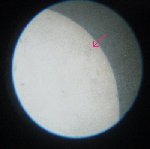 |
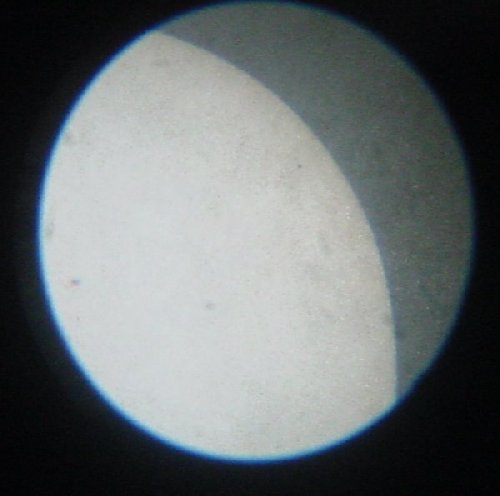 |
|
Mercury transit 4:45pm
(CST)
|
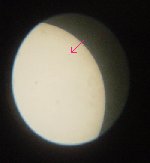 |
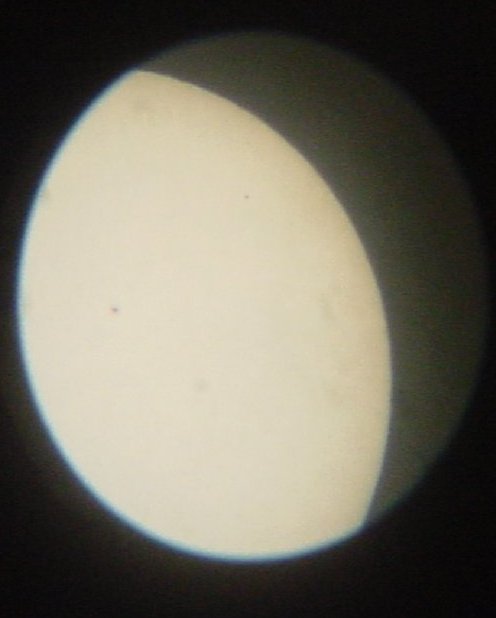 |
|
Solar eclipse
4th December 2002
|
| I noticed all morning the cloud hanging around. I got the equipment setup, but the cloud was still patchy. As the sun was setting it appeared for 30sec between the clouds & horizon. I clicked away changing the F-stop and shutter speed with each shot. This is how the eclipse appeared in the Riverland, South Australia. |
................................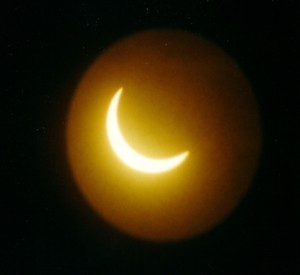 |
